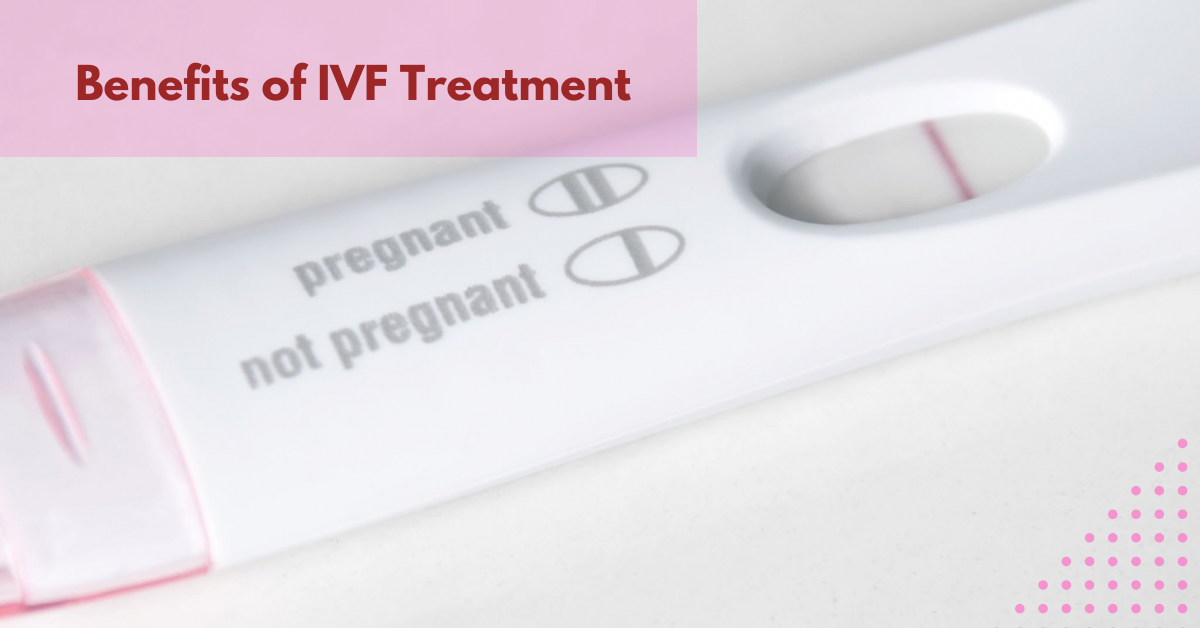Examining the Link between Sperm Abnormalities and Birth Defects

Introduction: The process of human reproduction is complex, and it requires the successful fertilization of a healthy egg by a healthy sperm. When a couple faces fertility issues, one of the key factors that can affect their chances of conceiving is the quality of the sperm. A sperm with abnormal morphology may not be able to penetrate the egg or contribute to a healthy pregnancy. In this blog, we will examine the link between abnormal sperm morphology and fetal development, specifically birth defects. What is Abnormal Sperm Morphology? Sperm morphology refers to the size and shape of sperm cells. When a man's sperm has abnormal morphology, it means that the sperm cells have an unusual size or shape. Abnormal morphology can affect the sperm's ability to move, fertilize the egg, and support healthy fetal development. The most common types of abnormal sperm morphology include a large or small head, a bent tail, or a lack of tail altogether. How Abnormal Sperm Morphology Affects F...
